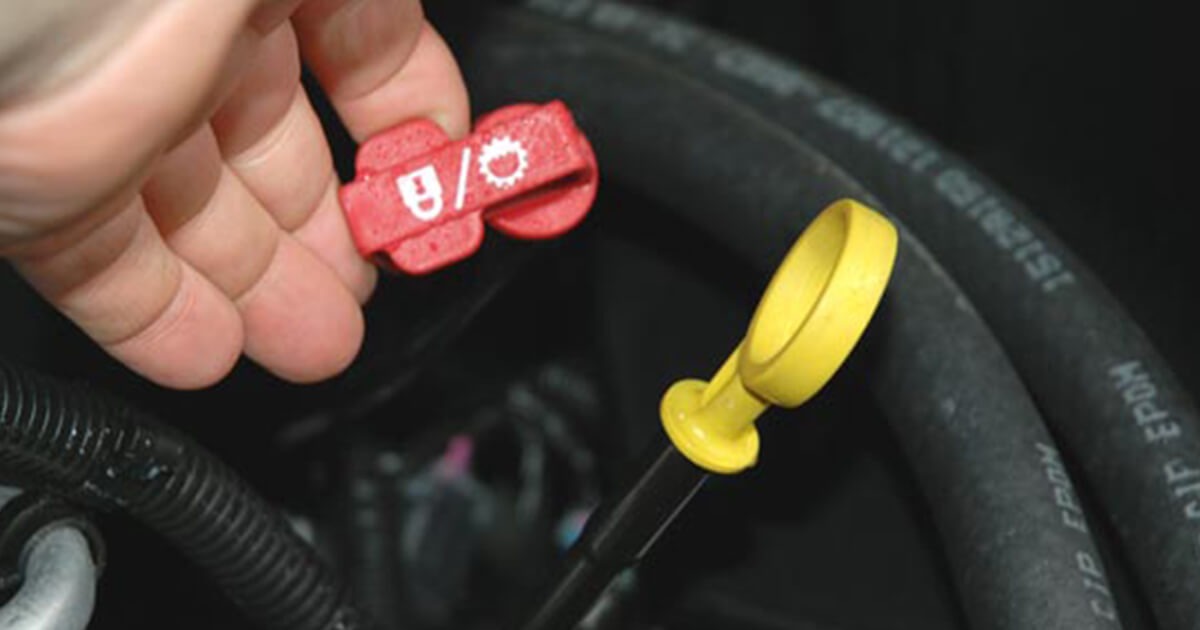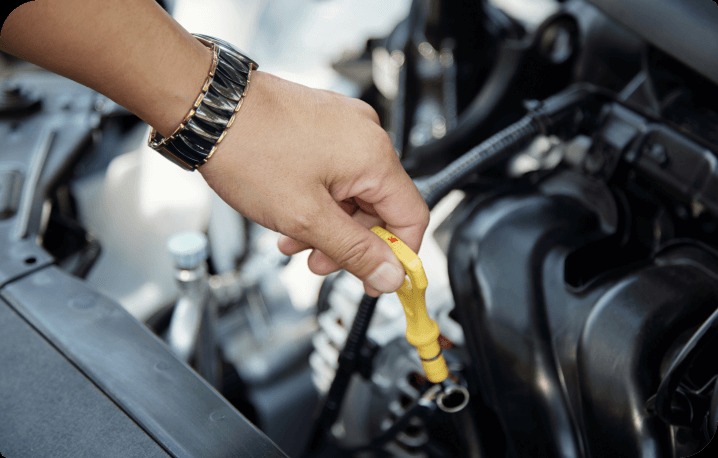How to Check and Change Your Vehicle’s Transmission Oil

Embarking on the journey of vehicle maintenance unveils a pivotal chapter: the care of your transmission system. This guide is a compass through the steps of checking and changing your vehicle’s transmission oil—an essential ritual to ensure the heart of your vehicle remains in top condition. Let’s delve into the intricacies of this process, empowering you to safeguard the longevity and efficiency of your car’s transmission. Join us on this exploration of maintaining the lifeblood of your vehicle’s performance.

Contents
- 1 Understanding the Transmission System
- 2 Identifying the Type of Transmission and Oil
- 3 Gathering the Required Tools and Materials
- 4 Checking the Transmission Oil Level
- 5 Changing the Transmission Oil
- 6 Disposing of Old Transmission Oil
- 7 Additional Tips for Transmission Maintenance
- 8 Navigating Smoothly – Tips for Checking and Changing Your Vehicle’s Transmission Oil
Understanding the Transmission System
Before we delve into the process of checking and changing transmission oil, it’s essential to have a basic understanding of the transmission system. The transmission system is responsible for transferring power from the engine to the wheels, allowing your vehicle to move forward or backward. It consists of various components such as gears, clutches, and torque converters. The transmission oil plays a vital role in lubricating these components and keeping them cool.
Identifying the Type of Transmission and Oil
Different vehicles have different types of transmissions, such as manual, automatic, or continuously variable transmissions (CVT). It’s crucial to identify the type of transmission your vehicle has before proceeding. This information can usually be found in your vehicle’s owner’s manual or by consulting a trusted mechanic. Additionally, you need to determine the type of transmission oil recommended by the manufacturer. Using the wrong oil can lead to severe damage to your transmission system.
Gathering the Required Tools and Materials
To successfully check and change your vehicle’s transmission oil, you will need the following tools and materials:
- Safety goggles and gloves
- Car jack and jack stands
- Drain pan
- Screwdriver or wrench
- Funnel
- New transmission oil (as per manufacturer’s specifications)
- Clean rags or paper towels
See more: How to check the vehicle’s sensor system
Checking the Transmission Oil Level
To ensure smooth operation, it is essential to check the transmission oil level regularly. Here’s how you can do it:
- Park your vehicle on a level surface and engage the parking brake.
- Locate the transmission dipstick, which is usually labeled and located near the engine.
- With the engine running and warmed up, pull out the dipstick and wipe it clean with a rag or paper towel.
- Insert the dipstick back into the tube fully and then pull it out again.
- Observe the markings on the dipstick. They indicate whether the oil level is within the acceptable range.
- If the oil level is below the “Add” mark or significantly low, it’s time to add more oil.
Changing the Transmission Oil
Now that you have checked the oil level and determined that a change is necessary, let’s proceed with changing the transmission oil:
- Begin by locating the transmission pan underneath your vehicle. It is typically rectangular and made of metal.
- Position the drain pan beneath the transmission pan to catch the old oil.
- Loosen the bolts that secure the transmission pan using a screwdriver or wrench. Start from one corner and gradually work your way around to avoid spilling any fluid.
- Once all bolts are loosened, carefully lower the pan and allow the old oil to drain completely into the drain pan.
- Clean the pan thoroughly using a rag or paper towels to remove any residue.
- Inspect the gasket or sealant on the pan for any signs of wear or damage. If necessary, replace it with a new one.
- Locate the transmission filter, which is often attached to the inside of the pan. Remove it by unscrewing or unclipping it.
- Install a new filter in place of the old one, ensuring it is securely fastened.
- Clean the mating surface on both the transmission case and pan to remove any remnants of old gasket or sealant.
- Apply a thin layer of new gasket or sealant to the mating surface of the pan.
- Carefully position the pan back into place and tighten the bolts securely.
- Locate the transmission fluid fill plug, which is usually on the side of the transmission.
- Using a funnel, pour in the recommended amount of new transmission oil into the fill plug hole.
- Replace the fill plug once you have finished adding oil.
- Start your vehicle’s engine and let it run for a few minutes to circulate the new oil throughout the system.
- Recheck the oil level using the dipstick to ensure it falls within the acceptable range.
Disposing of Old Transmission Oil
Proper disposal of old transmission oil is essential to protect the environment. Here’s how you can do it responsibly:
- Transfer the old oil from the drain pan into a suitable container with a tight-fitting lid.
- Seal the container tightly to prevent any leaks or spills.
- Check with local authorities or recycling centers for designated locations where you can dispose of used oil safely.
Additional Tips for Transmission Maintenance
Maintaining your vehicle’s transmission goes beyond just checking and changing oil. Here are some additional tips to keep your transmission system in top condition:
- Follow your vehicle manufacturer’s recommended service intervals for transmission maintenance.
- Avoid excessive towing or carrying heavy loads, as it puts extra strain on your transmission.
- Regularly inspect for leaks or signs of fluid loss, such as puddles underneath your vehicle.
- If you notice any unusual noises, vibrations, or difficulty shifting gears, have your transmission inspected by a qualified mechanic immediately.
Taking care of your vehicle’s transmission system is crucial for its longevity and performance. By following this comprehensive guide on how to check and change your vehicle’s transmission oil yourself, you can save money on costly repairs and enjoy a smoother driving experience. Remember to always refer to your vehicle’s owner’s manual for specific instructions and consult a professional if you encounter any difficulties or uncertainties during maintenance tasks. With proper care and maintenance, your vehicle’s transmission will continue to serve you well for years to come!
See more news at: car care vip





































